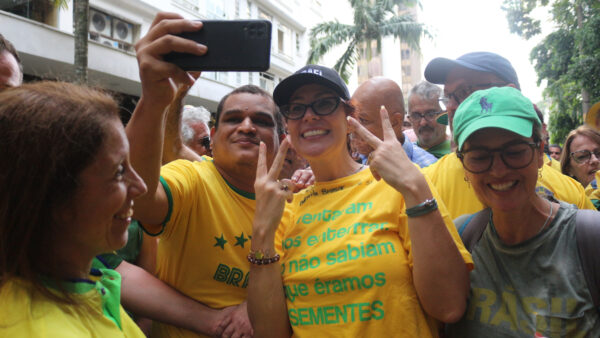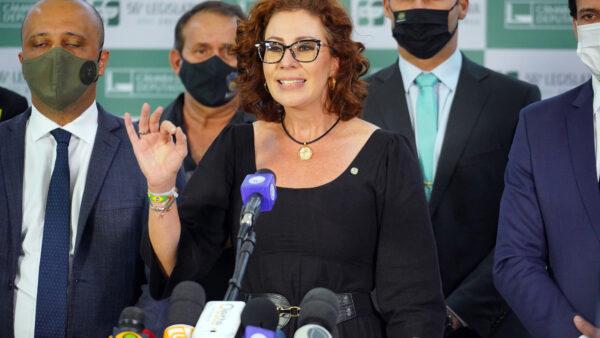Deforestation in the Brazilian Amazon has increased abruptly over the past two years, after decreasing for more than a decade. With President Jair Bolsonaro notoriously enthusiastic about expanding the economy at the expense of the rainforest, new deforestation data regularly makes global headlines.
But what fewer people realize is that even forests that have not been cleared, or fully “deforested,” are rarely untouched. Indeed, just 20 percent of the world’s tropical forests are classified as intact. The rest have been impacted by logging, mining, fires, or by the expansion of roads or other human activities. And all this can happen undetected by the satellites that monitor deforestation.
These forests are known as “degraded,” and they make up an increasingly large fraction of the world’s remaining forest landscapes. Degradation is a major environmental and societal challenge. Disturbances associated with logging, fire, and habitat fragmentation are a significant source of carbon-dioxide emissions and can transform forests from carbon sinks to sources, where the carbon emitted when trees burn or decomposition outweighs the carbon taken from the atmosphere as they grow.
Forest degradation is also a major threat to biodiversity and has been shown to increase the risk of transmission of emerging infectious diseases. And yet...


 Search
Search






































